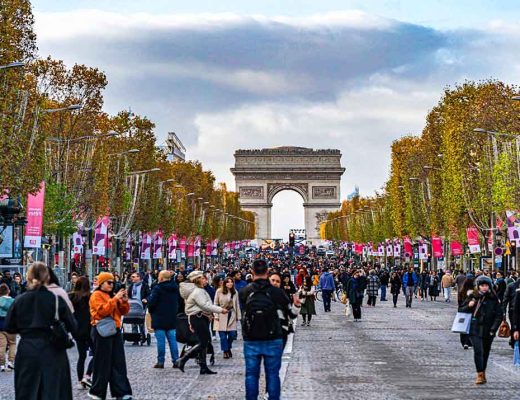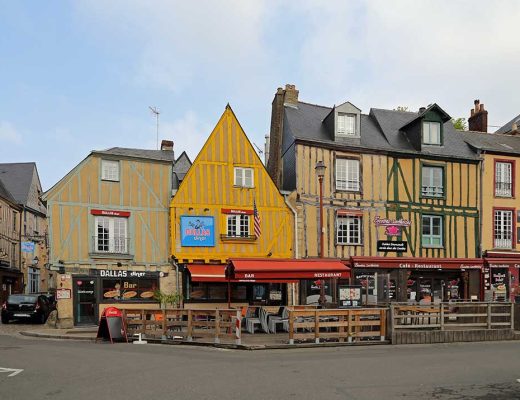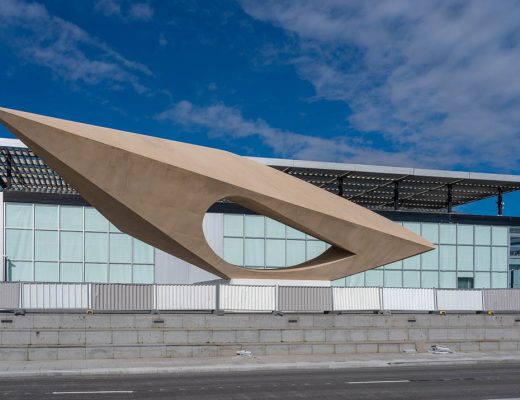When I first stepped into Amiens, I thought of its cathedral, the Hortillonnages floating gardens, and the canals that glisten like veins through the city. But very soon, my curiosity pulled me toward something quieter, something that revealed not just the beauty of Amiens today but the centuries of history that shaped it. That is how I found myself standing in front of the Musée de Picardie, often referred to as Amiens’ History Museum.
I want to share with you not just the museum itself but the journey of experiencing it—the details of the exhibits, the way the light falls in the galleries, the emotions stirred by artifacts from forgotten centuries. Beyond that, I want to take you by the hand and wander with you through the streets of Amiens, showing you the treasures within walking distance: gardens, monuments, and other museums. For first-time visitors, this cultural journey can be one of the richest experiences in northern France.
First Impressions of the Musée de Picardie
The Musée de Picardie is located at 48 Rue de la République, 80000 Amiens. It is not just another provincial museum—it is often considered one of the most beautiful museums in France outside Paris. Modeled after the Louvre in Paris, its neo-classical façade immediately sets the tone: imposing, elegant, timeless.
The museum reopened recently after major renovations, and you feel that freshness as soon as you enter. The marble floors gleam, the staircases curve gracefully, and the galleries open into spaces filled with natural light. When I walked inside, I felt the weight of centuries pressing gently on my shoulders—not in a burdensome way, but in a way that reminded me I was about to witness the long story of Picardy, this northern French region that has been both a battleground and a crossroads of culture.
The Collections Inside
The museum’s collections span from prehistoric times to the 19th century, and I was amazed at the sheer breadth.
- Archaeology: Tools from the Paleolithic age, Roman artifacts from Samarobriva (the Roman name for Amiens), and medieval relics. Standing in front of a Roman mosaic, I could almost hear the footsteps of soldiers who once marched across these lands.
- Fine Arts: Paintings from the Renaissance to the 19th century, including works by Puvis de Chavannes, Courbet, and Corot. The richness of French and Flemish painting traditions is on full display.
- Sculpture: My personal favorite section—stone saints, classical figures, and 19th-century masterpieces. The light in these galleries felt almost sacred.
- Picardy Heritage: Exhibits that detail the local history of Amiens and the region, especially its role during World War I.
Each gallery seemed to pull me deeper into time. I remember pausing in front of a 17th-century portrait of a woman dressed in lace, her gaze steady and melancholic. I don’t know her name, but I felt a strange connection, as if she was reminding me that history is not abstract—it’s made of real people with real lives.
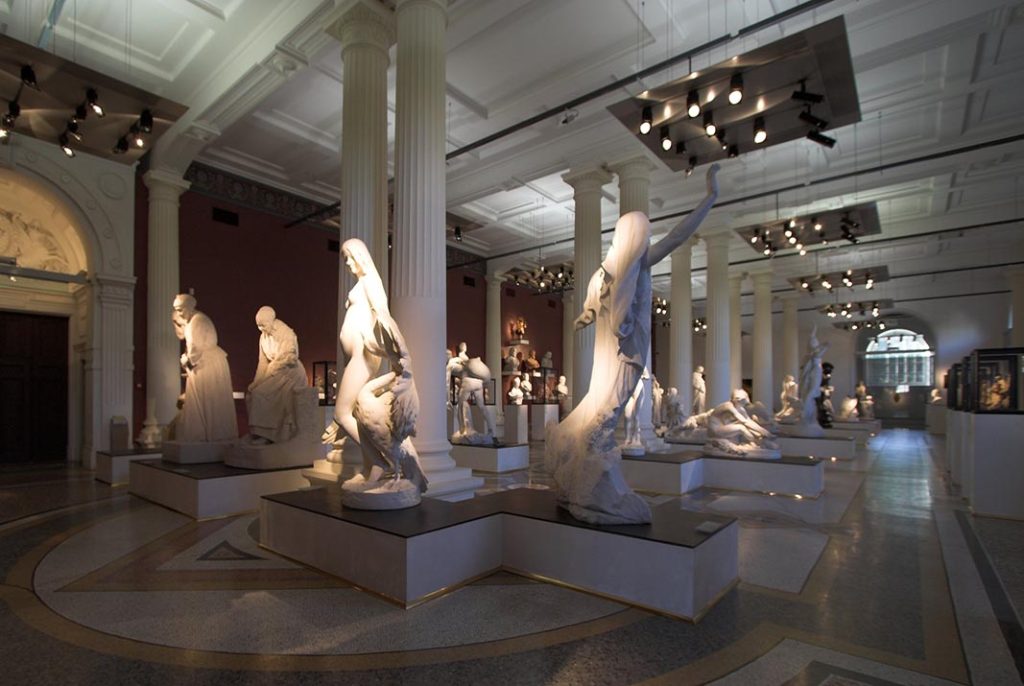
Ticket Information and Practical Details
The museum is open Tuesday to Sunday, usually from 10 a.m. to 6 p.m. (closed Mondays). Tickets are very affordable: around €7 for adults, with discounts for students, seniors, and groups. Entry is often free on the first Sunday of each month, which is a tradition in many French museums.
I recommend buying tickets online in advance during weekends or school holidays. Platforms like Tiqets and GetYourGuide allow you to reserve a slot. I personally used Tiqets because it gave me a mobile ticket I could simply show at the entrance, avoiding queues.
Surrounding Attractions Within Walking Distance
One of the joys of visiting the Musée de Picardie is that it sits in the heart of Amiens, meaning you can easily walk to other cultural and historical attractions. Let me guide you through some of the highlights that I explored on foot:
1. Amiens Cathedral (Cathédrale Notre-Dame d’Amiens)
- Location: Place Notre-Dame, 80000 Amiens (10 minutes on foot from the museum).
- Highlights: The largest Gothic cathedral in France, twice the size of Notre-Dame in Paris. Its façade is a lacework of stone, and inside, the soaring nave left me breathless. The labyrinth on the floor and the intricately carved choir stalls are unforgettable.
- Fee: Entry is free, though guided tours cost around €6–€8.
- Tip: Visit in the evening if you’re here in summer—the cathedral is lit up with a spectacular light show called Chroma.
2. Maison de Jules Verne
- Location: 2 Rue Charles Dubois, 80000 Amiens (15 minutes on foot).
- Highlights: The house where Jules Verne lived from 1882 to 1900. As a fan of “Around the World in 80 Days,” I felt like stepping into his imagination. His study, filled with globes and manuscripts, was my favorite.
- Fee: Around €7, reduced rates available.
- Booking: Tickets can be purchased onsite, but I recommend reserving through GetYourGuide if you want a guided tour in English.
3. Hortillonnages (Floating Gardens)
- Location: Entrance at Boulevard Beauvillé (20 minutes on foot).
- Highlights: Canals and small gardens floating on islands, often called the “Venice of the North.” I took a guided boat tour (around €15 per adult) and glided past gardens bursting with flowers, vegetables, and willow trees.
- Tip: Go in the morning when the light is soft and crowds are fewer. Book through Viator or the official Hortillonnages site.
4. Tour Perret
- Location: Place Alphonse Fiquet, 80000 Amiens (15 minutes on foot).
- Highlights: A 110-meter tower built after World War II, one of the first skyscrapers in Europe. Its brutalist style contrasts sharply with Amiens’ Gothic past. Standing at its base, I felt the tension between old and new, destruction and rebirth.
- Fee: Free to admire from outside.
5. Les Hortillons Market (Marché sur l’Eau)
- Location: Quai Bélu (20 minutes on foot).
- Highlights: On Saturday mornings, market gardeners arrive in traditional boats to sell fresh produce. I bought strawberries and cheese here, and it was one of the most authentic local experiences.
Walking the Streets Between Attractions
The walk between these sites is a journey in itself. Amiens is compact, and the streets are lined with cafés, bakeries, and small shops. I often stopped for a croissant or espresso, especially along Rue des Trois Cailloux, the city’s main shopping street. The atmosphere here is lively, and it made my museum day feel like part of a larger rhythm of life.
Platforms for Travel Planning
When planning my cultural journey in Amiens, I relied on several European platforms:
- Booking.com – Perfect for finding a hotel close to the Musée de Picardie. I chose a small boutique hotel near the cathedral, which let me walk everywhere.
- Skyscanner – Helped me find a budget flight into Paris Beauvais, then I took a train to Amiens.
- Trainline – My go-to for booking trains in France. Simple, fast, and all in English.
- TheFork (LaFourchette) – Essential for booking restaurants in Amiens. After long days, I used it to secure a table at cozy French bistros with discounts.
- GetYourGuide & Tiqets – Best for booking tickets to the museum and guided tours for Jules Verne’s house or the Hortillonnages.
Personal Reflections
What struck me most about the Musée de Picardie and its surrounding attractions was the layering of history. In a single day, I traveled from Roman artifacts to Gothic grandeur, from 19th-century literature to post-war architecture, from floating gardens to bustling markets.
There was one moment in particular: I sat on a bench outside the museum, looking up at its stone façade. In my bag, I carried a postcard of a painting I had just admired inside. Around me, locals passed by—students with backpacks, an elderly couple holding hands, children chasing pigeons. I realized that Amiens is a city that carries its history not as a burden but as a living presence.
Visiting the History Museum was not just about looking at objects; it was about understanding the soul of Amiens.
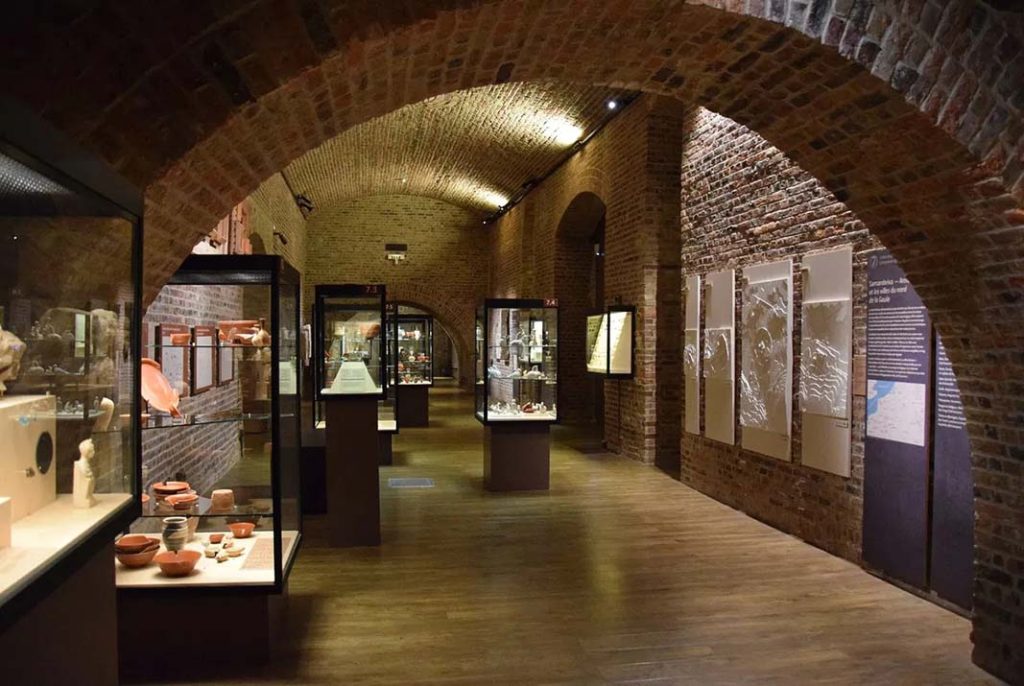
Visitor Tips
- Timing: Visit the museum in the morning when it’s quieter, then spend the afternoon exploring nearby attractions.
- Shoes: Wear comfortable walking shoes—everything is within reach, but you’ll cover a lot of ground.
- Food: Plan a lunch break in the Saint-Leu district, where restaurants line the canals. Try booking through TheFork for discounts.
- Photos: Photography is allowed in most parts of the museum, but without flash.
- Language: Most exhibits have French and English explanations, but guided tours in English are worth booking if you want deeper insight.
A Day in Amiens, Through My Eyes
Let me share one complete day as I experienced it:
I began at the Musée de Picardie, spending hours wandering through its galleries. After lunch in Saint-Leu, I walked to the cathedral, standing in awe under its towering vaults. In the afternoon, I visited Jules Verne’s house, then took a boat ride through the Hortillonnages. Evening brought me back to the canals, where I dined on duck confit at a waterside restaurant.
It was not a rushed day, but a day full of depth—like peeling back the layers of a city that never stops surprising you.
Amiens is not the kind of place that screams for attention. It whispers, and if you listen, it rewards you with one of the richest cultural journeys you can have in France. The Musée de Picardie is the perfect starting point—a gateway into centuries of history that then leads you naturally into the streets, gardens, and monuments that surround it.
If you plan carefully—using platforms like Booking.com for hotels, Skyscanner for flights, Trainline for trains, GetYourGuide or Tiqets for tickets, and TheFork for meals—you can weave a seamless experience where logistics fade into the background and culture takes center stage.
You’ll walk away not just with photos or souvenirs, but with something deeper: a sense of Amiens as a living tapestry of history, culture, and humanity.

